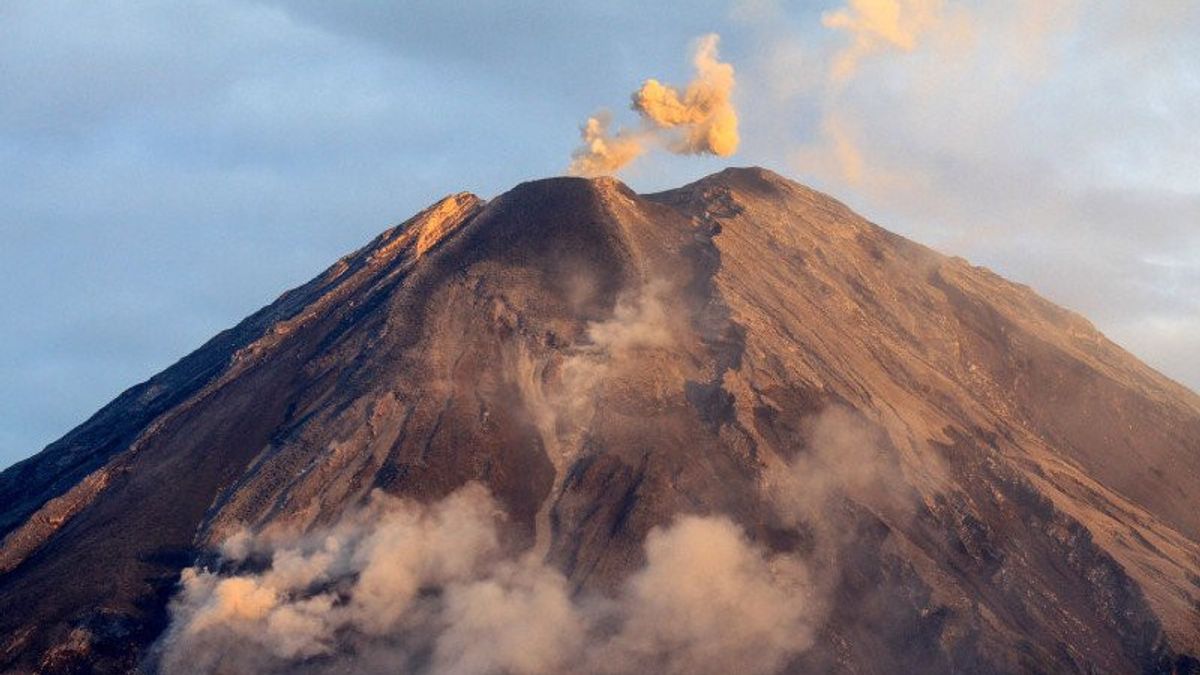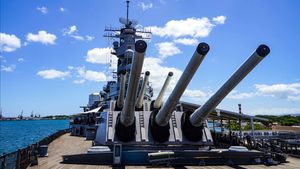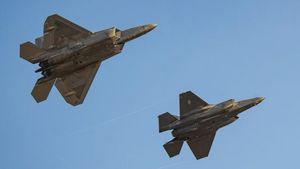JATIM - Mount Semeru in East Java erupted on Friday, November 25. The mountain is located in Malang Regency and Lumajang Regency throw up a column of ash reaching 500 meters from the top of the peak.
The Center for Volcanology and Geological Hazard Mitigation (PVMBG) through the Mount Semeru Monitoring Post officer Nur Rokhman Hidayat said the eruption of Mount Semeru occurred at 07.02 WIB.
"The ash column was observed to be gray with thick intensity leaning towards the northeast. This eruption was recorded on a seismogram with a maximum amplitude of 22 mm and a duration of approximately 1 minute 30 seconds," he said, confiscated by Antara.
PVMBG stated that Mount Semeru is currently still in standby status or level III with a recommendation so that people do not carry out any activities in the southeast sector along Besuk Kobokan as far as 13 kilometers from the summit or eruption center.
Outside this distance, the community does not carry out activities at a distance of 500 meters from the riverbank (river border) along Besuk Kobokan because it has the potential to be affected by the expansion of hot clouds and lava flows up to a distance of 17 kilometers from the summit.
In addition, PVMBG also recommends that people do not move within a five-kilometer radius of the crater or peak of Mount Semeru because it is prone to the dangers of incandescent stones.
The public is asked to be aware of the potential for hot clouds of avalanches, lava avalanches, and lahars along rivers or valleys that originate at the peak of Mount Semeru, especially along Besuk Kobokan, Besuk Bang, Besuk Kembar, and Besuk Sat as well as the potential for lahars in small rivers which are tributaries of Besuk Kobokan.
The activity of Mount Semeru is found in the Jonggring Seloko Crater which is located to the southeast of the Mahameru peak. The eruption of Mount Semeru generally eruptions of volcanic and strombolian type ash that occur three to four times an hour.
A volcanian-type eruption is characterized by explosive eruptions that sometimes destroy pre-formed domes and lava tongues.
Subsequently, there was astrombolian-type eruption which was usually followed by the formation of a new dome and lava tongue.
At the time of the explosive eruption, it is usually followed by hot clouds flowing into lower valleys and flow directions in accordance with the crater opening and valleys in Mount Semeru.
The direction of the crater opening of Mount Semeru is currently heading southeast or towards the upper reaches of Besuk Kembar, Besuk Bang, Besuk Kobokan.
The English, Chinese, Japanese, Arabic, and French versions are automatically generated by the AI. So there may still be inaccuracies in translating, please always see Indonesian as our main language. (system supported by DigitalSiber.id)









